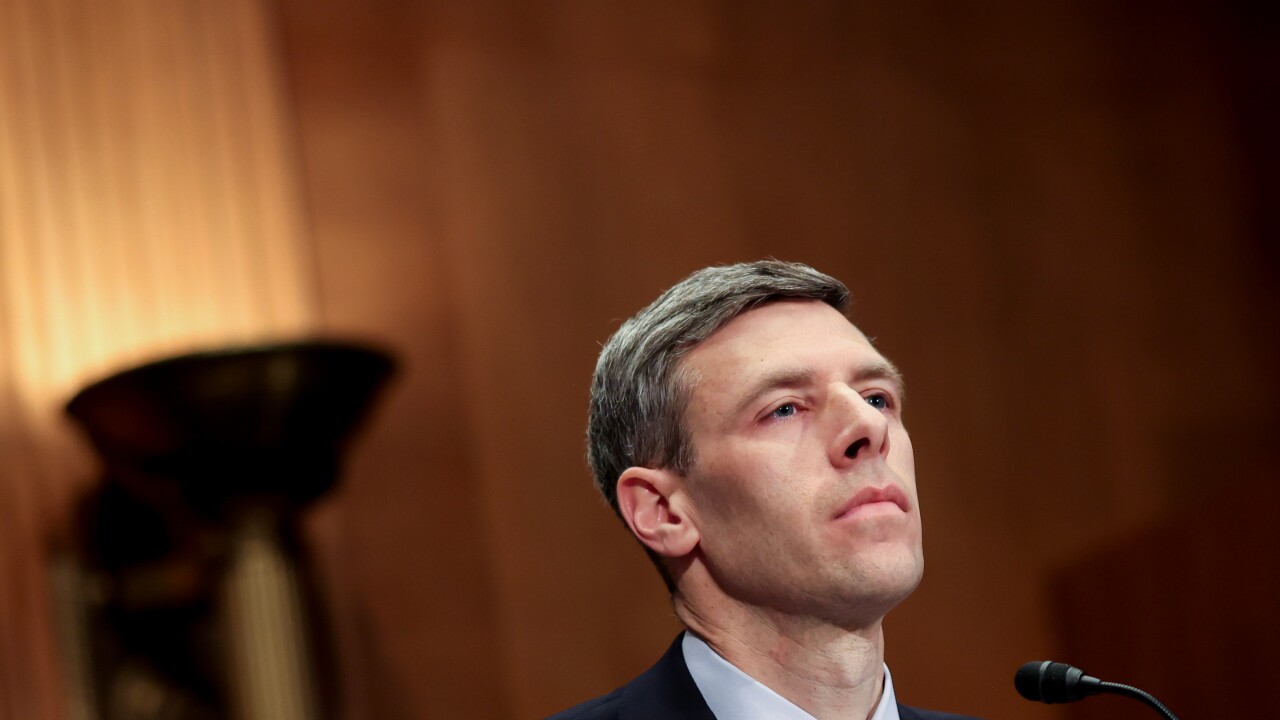
This is an inconvenient truth for an industry that is obsessed with speed and technological solutions and testament to the fact that in payments, old habits die hard. This is especially true in the U.S., where businesses have come to rely on the float and familiarity that checks provide.

According to research conducted by Atradius, the Americas present the greatest lag time in payments, with 12% of domestic and 16% of foreign payments being more than 90 days late. Asia Pacific businesses on average experience 9% of domestic payments and 11% of foreign payments being more than 90 days late. The lowest levels of late payments occurred in the European region, where on average domestic payments saw higher rates of late payments than foreign payments.
There are a number of reasons for this — Europe, while a patchwork of countries, has a high degree of interoperability between nations because of participation in the European Union and the numerous directives designed to facilitate cross-border payment standards. There are also a number of countries that have deployed their own real-time payments networks, including Faster Payments in the U.K., Nets Realtime 24/7 in Denmark and Swiss Interbank Clearing in Switzerland. These developments have meant that real alternatives to funds disbursement via paper check have had an impact on the speed of settlement.

Given the availability of electronic payments alternatives—especially when compared to payment practices in other industrialized countries where checks are rarely used—there seems to be a particular reluctance by U.S.-based businesses to fully transition away from check payments. However, this is still significantly less than the 81% and 74% reported in 2004 and 2007, respectively, and can be expected to be something of a blip on an otherwise downward trajectory for B-to-B check volume as electronic alternatives become increasingly pervasive.

The Payment Services Directive (PSD2) is due to go into effect in Europe in 2018. While not directly targeting U.S. institutions, it sets a new standard for data sharing between banks and third parties such as mobile payment startups, personal financial management and budgeting apps and other mostly-digital companies that provide specialized financial services. There are also requirements to toughen security to protect from payment fraud and breaches, and the phasing out of screen scraping (an older method of aggregating data) in favor of application programming interfaces.
According to PwC, 94% of European banks are currently working on PSD2 compliance. Much of this may be to retain relevance in the wake of third-party competition, since 68% of banks fear loss of data control and 66% of banks will have to change strategic positioning because of PSD2. PwC also found that 88% of consumers were using third-party payments, which may be further motivation to remain relevant.

In an American Bankers Association survey of 219 U.S. financial institutions conducted in March 2017, the highest priorities for commercial bank investment were in ACH, wire transfers and check electronification technologies such as remote deposit capture (RDC). Eighty-four percent of commercial institutions considered ACH to be a high or very high investment priority, closely followed by 71% of institutions considering wire transfers to be a high or very high investment priority.
By contrast, paper checks were seen as a high or very high investment priority by just 15% of U.S. commercial institutions.






